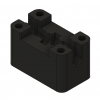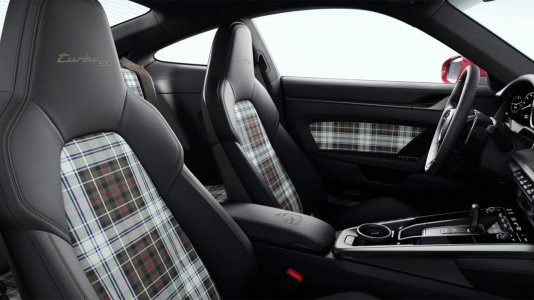As I already stated, I'm no expert in arduino and programming, so I can be wrong.
I understand what a teensy Lc is, but I cannot see a big advantage for this application. In the end we just need to send a push button function to the PC. We will not need high bit rate communication, big RAM, etc.
And the price of one teensy Lc, is around 20€. I can get 3 arduino pro micro for around 6€! It is hard to beat this price difference! And for our needs, the arduino is good enough! We just need a good instalation manual.
I'm expecting to be able to connect only 4 Hall effect sensor and make the 6 gates position, but if doesn't go as expected, I can use 6 HES to simulate the gates, and the arduino pro micro has 10 analog points, so it is enough!
Arduino for the win!
Tiago Viana
Hey Bitacaia,
You can buy teensy LC´s for around 11€ if you search the web.
In China they might be even cheaper.
I mentioned it because it comes with a joystick library. In my oppinion it makes it easier to use and it supports up to 32 buttons, 6 axis and one hat switch. It´s super easy to use and i can fully recommend it as a base for DIY controllers.
It will be interesting where H-Shifters might come some day. Nowadays it´s just buttons, that´s correct. But one day you might be able to use analog inputs in H-Shifters to really simulate also shifter travel or something, to create feedback for example.
H-Shifters are still very simple, so a lot of potential for evolution.

















